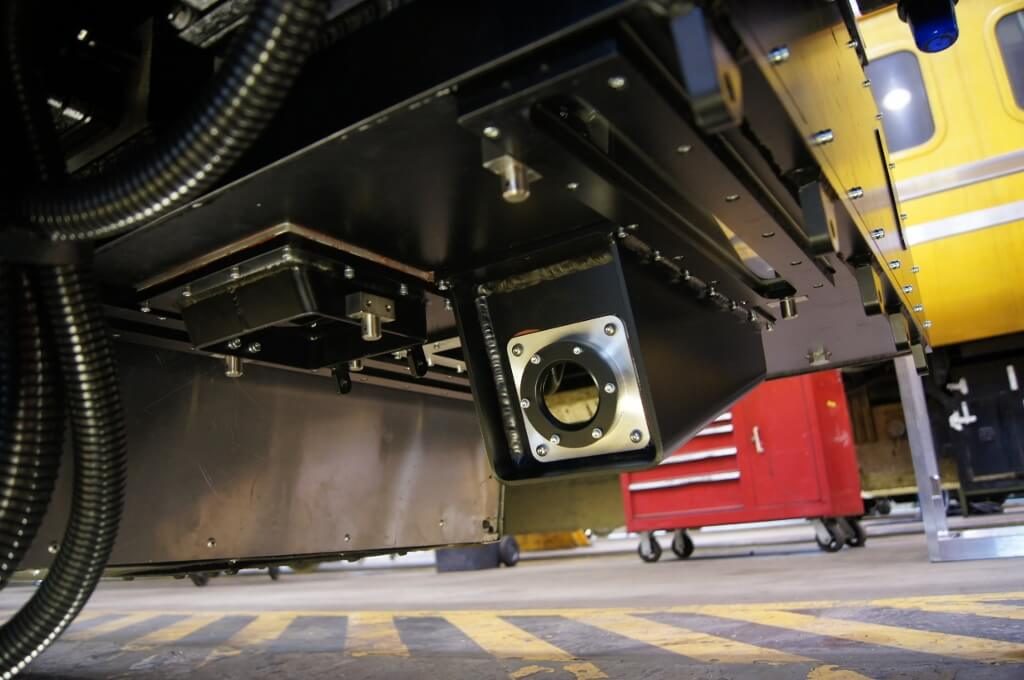We’re reducing delays for passengers – at 70,000 images a second.
We’ve bolstered our ability to reduce delays caused by track faults, improving safety and saving the taxpayer millions of pounds.
In January, we opened a second Plain Line Pattern Recognition (PLPR) facility in Derby to increases our capacity to monitor, inspect and fix track faults.
PLPR is an important part of our ‘predict and prevent’ strategy. It’s state-of-the-art technology that monitors and records track condition information, and can find issues such as missing fasteners, excess ballast and ineffective rail clamps.
A fleet of five monitoring trains, including the New Measurement Train (NMT) – the most technically advanced train of its type in the world – uses it.
What is Plain Line Pattern Recognition?

Cameras mounted underneath the trains capture an image every 0.8mm, taking 70,000 images a second at the top speed of 125mph.
PLPR identifies potential defects and sends them to our expert inspection team in Derby. Local track section managers then receive information about confirmed defects, enabling engineers to target track maintenance more effectively.
How much will it help the railway?
PLPR-equipped trains have replaced manual inspections on 8,500 miles of track, improving the accuracy and frequency of inspections.
With the potential to reach 15,000 miles, the aim is to increase these live inspections – a target has been supported by the opening of a second PLPR facility in Derby in January 2019.
Over Control Period 6 (our next budget and planning period, which will run from 2019 to 2024), PLPR will cover almost one million (975,000) miles of railway track across Britain.
Why is it important?
As well as benefiting passengers, PLPR provides a safer method of track inspection by reducing unnecessary track visits and helping to get boots off the ballast.
PLPR also represents an efficient use of public money, having saved the taxpayer an estimated £2.2m so far, with further savings anticipated over CP6 and beyond.
Steve Quinby, Network Rail’s head of delivery [Data Collection] for Asset Information Services, said: “Operating a safe and punctual railway network spanning 20,000 miles, on which 4.8 million people rely each day, is a significant responsibility.
“PLPR technology is helping us meet that challenge, providing improved asset information so we can better understand how quickly our assets degrade, and allowing us to target track maintenance more effectively. This means we can identify defects before they become a safety issue or affect performance.”